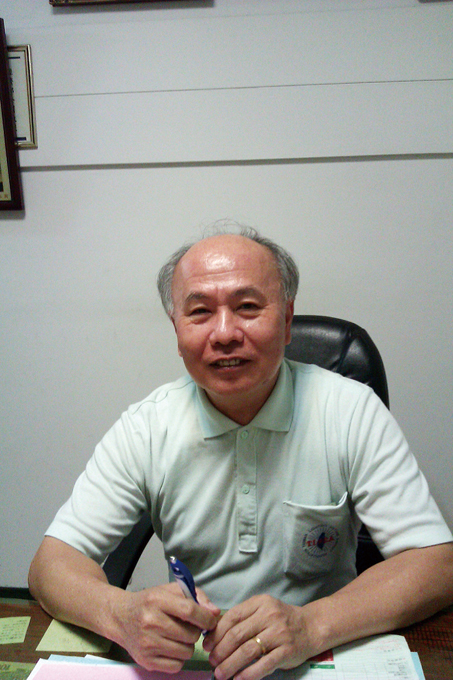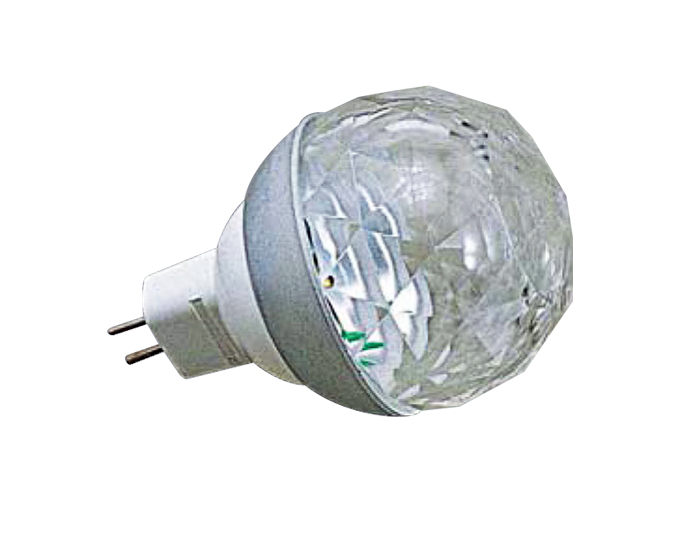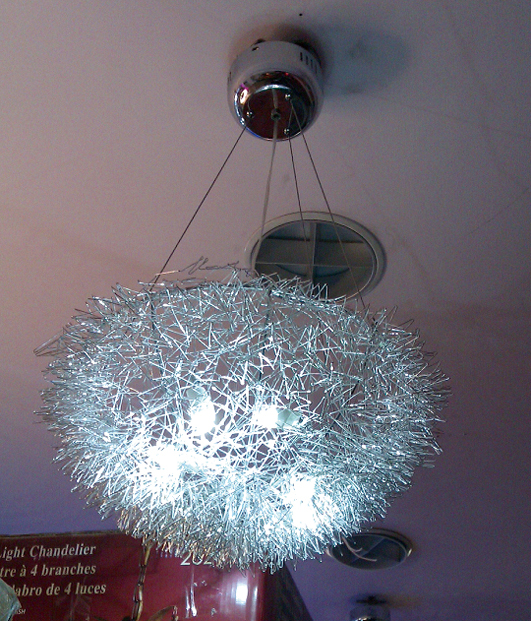Ex-TLFEA Chairman Chen Sizes up Tough Lighting Market
More makers to go under in next few years
2012/10/12 | By Michelle HsuIn recent years, the Beijing authority announced policies unfavorable to the so-called traditional export-driven industries, having also impacted heavily most of the Taiwanese-run companies set up to take advantage of China’s exporter-friendly environment 20 or 30 years ago.

The “cut in export tax rebate,” “two taxes in one,” “labor contract act,” “wages to double in 10 years,” and “old cage for new birds” (a policy to encourage phasing out traditional, high-pollution industries with emerging green industries), as well as the gloomy international market and sagging high-growth in China, all are making survival an uphill battle for traditional export-driven companies, without exception to the lighting industry.
Viewing the current situation in China, Chen Pao-Chin, former chairman of Taiwan Lighting Fixture Exporters Association (TLFEA) and chairman of Cindy Enterprise Co., sees the end of China’s traditional export-driven industries in the next few years.
Compared to most Taiwanese counterparts in China, Cindy Enterprise has been cautious to invest in China. It first set up a China factory in 1988 (in Guangdong province of southern China), several years later than most Taiwanese lighting counterparts. In its peak, Cindy Enterprise had 8,000 square meters of operation in China but was only mid-sized compared to the leading Taiwanese-run lighting factories nearby.
Cindy Enterprise, set up more than 30 years ago in Taiwan, is a pioneer among the first-generation lighting companies in Taiwan, providing wide-ranging lighting products under its own brand “Tai Guang” (literally “shining lighting of Taiwan”).

Right Move
The current challenges in China make Chen feel smug about his reservations to invest in China. “Many Taiwanese-run enterprises in Dongguan have shut down or suspended operations, and the slippery slope will tilt even more in the following years as China’s investment environment has changed dramatically over the past two decades,” Chen says.
Around 20 or 30 years ago, the abundance of factory workers was China’s biggest advantage to attract Taiwanese investment, but no longer as the current young generation there shuns hard, labor work. “In fact we get only one response to every 10 want ads placed in China, while the one applicant may not even accept our offer. In short, China is treading the same path as Taiwan 20 years ago,” Chen says.
Due to labor shortage, rising operational cost and waning export orders, Cindy Enterprise has closed its factory to outsource manufacturing to fill export orders.
Chen will not relocate Cindy Enterprise back to Taiwan for the supply chain there was cut long ago, so it’s now very hard for a lighting maker to get upstream suppliers in Taiwan, hence making returning home unrealistic for China-based Taiwanese lighting companies.
But relocating to Southeast Asia may take longer for Taiwanese companies to develop lighting clusters as in China 20 years ago, says Chen. Some two decades ago the Taiwan government promoted “South-bound Investment” policy to help solve Taiwan’s labor shortage on one hand and develop closer links with Southeast Asia on the other. Then China opened its doors to Taiwanese enterprises that were attractive with low labor rates and other incentives. Such fruitful conditions no longer exist in China and Chen believes few Taiwanese companies are willing to start from scratch in Southeast Asia, and at least another one third of China-based lighting companies will shut down operations in the next two years, with such fate to crush also traditional export-driven industries.

Green Opportunity
Fortunately emerging LED lighting brings survival opportunities to Taiwanese lighting companies, Chen believes, with at least 80% having turned to the sector as an energy-saving alternative.
“Rising LED lighting has almost entirely replaced halogen lamps which used to be a byword of high quality lighting,” says Chen. Meanwhile, many major economies have banned traditional incandescent bulbs to save energy. Chen sees fluorescent lamp as the only option that has not been totally sidelined by LED lighting, for the latter is priced 10 times higher than the former, hindering consumers from replacing existing lighting with LED alternatives.
While the slumping economies of the U.S. and Europe, erstwhile major LED lighting markets, are not expected to improve in the near future, China is widely regarded to emerge as the world’s largest LED market due to Beijing government’s policy to transform the national economy from traditionally export-driven to one mainly fueled by domestic demand.
Besides, the Beijing government’s policy to develop emerging green industries also buoys growth of LED lighting. But Chen sees the excessive optimism over LED lighting and resulting investments have led to oversupply, believing a period of consolidation of the LED lighting industry is under way. So a truly successful lighting company has to not only be innovative in product design, but also endure hardship.
Chen says he has yet to see hard times as today in his three decades in the business, that the market downturn is both the toughest, longest and with no end in sight. Besides, the old work ethic of diligence may not work today, because LED lighting calls for technology and innovation as the two major keys for success. So simply passing down the business to the next generation may be a start but the young is obliged to grow the business in new directions.

